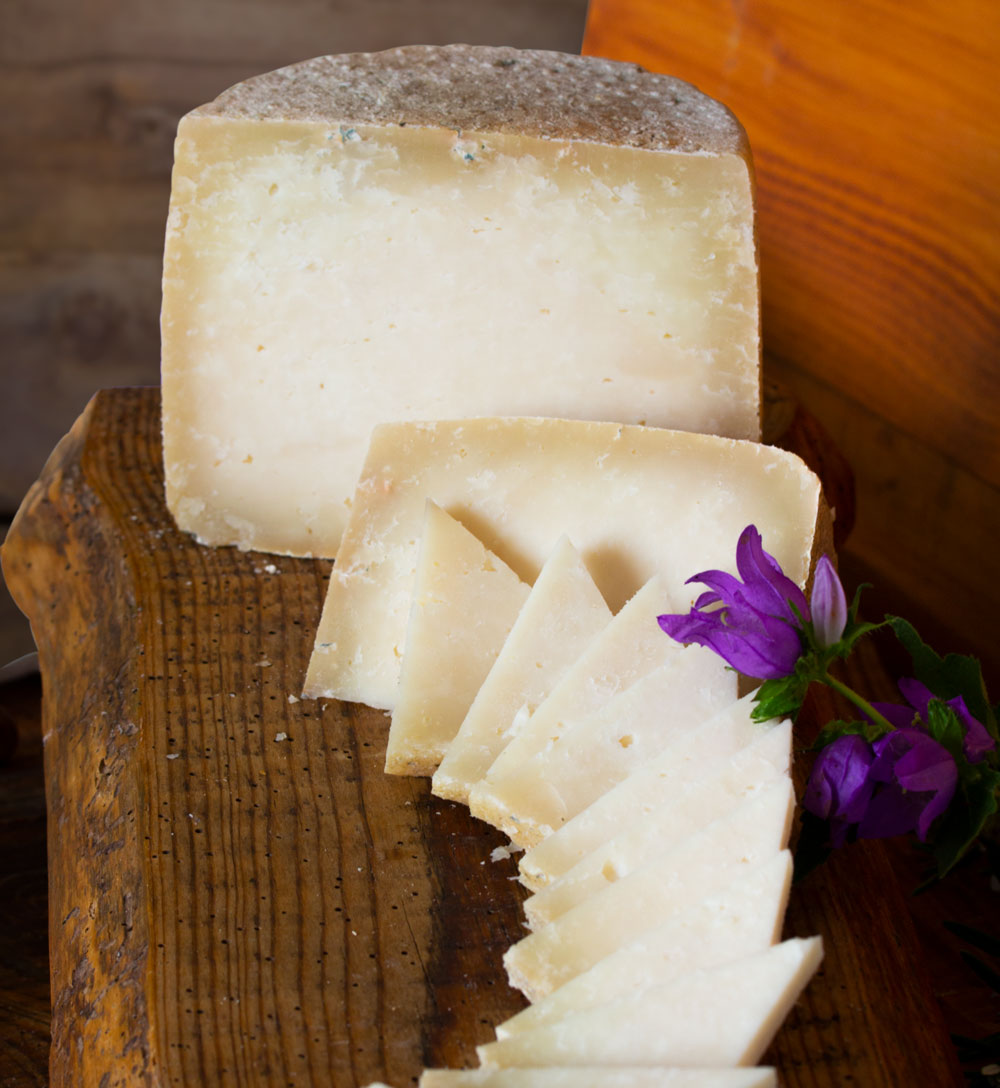OUR MILK
Only milk from Piedmont.
The highest quality from small local breeders.
Our milk travels as little as possible
The concept of “food miles”, theorized by Tim Lang and Jules Pretty in the early ‘90s and then massively renewed by Carlo Petrini (Slow Food founder) in his book “Buono, Pulito e Giusto”, expresses the environmental and biological expenses of food not only through its production techniques, but also analyzing the submerged costs deriving from logistics and transportation means around the world.
All of the milk that we use for our cheeses and yogurts is from Piedmont, our region, and it comes from small local breeders a few kilometers away from our dairy in the fraction of Gorrino (Cuneo).
Where do we take it?
Goat milk
Our farm.The genuine milk of our goats.
Gorrino
Where our dairy is locatedCow and Sheep milk
Local breeders.Selected farms for high quality milk
Is there any difference from imported milk?
In 2016, Coldiretti declares that Italy represents the biggest milk importer of the world, with more than 24 millions of liters every day counting raw material and derivatives. And it’s easy to understand why: Italian milk is one of the most expansive, and this is due to a number of factors including bureaucratic aspects and cost of labor.
Some of the EU countries from which Italy imports milk are France, Austria, Germany and Slovenia. If we bought cow milk from center of Germany, it would travel for more than 950Km before reaching our dairy in Gorrino, without counting any possible stops and deviations in distribution centers.
Instead, we take it from small local breeders in the Serole area, 9Km away from our headquarter. It’s a trip at least 100 times shorter, a trip that refrigerated trucks avoid making every single week. To justify these massive logistics, milk from several producers is often merged, making difficult if not impossible to identify single farms.
Using local resources is first of all a safeguard for quality of raw materials and therefore products. We have direct business relationships with farms and we choose them by quality and genuineness of their animal breeding process.
Local resources also ensure milk freshness: we can count on hours long shipment (and not days), maintaining milk organoleptic profile unaltered.
Local resources protect our country work and traditions, starting from breeding techniques. A raw material which originates in the same area of the finished product automatically becomes the first aid in sustaining local economy. This competes in creating a fair view in work ethic, where the producer of raw materials is the first ring of the chain to acquire an economical sustainability of his work, and this can happen only with the full consciousness of the whole production process: from milk to cheese.
Finally, local resources are maybe the biggest weapons for reducing the environmental impact of food production, not only in dairy business. Short chain production ends with delivered product, but starts from raw material.
“Citizens […] must not be just passive consumers, they have to evolve in co-producers, conscious of what they buy and educated to change”
Carlo Petrini
cheese and milk color
The massive market demand for dairy products at cheap prices has shifted, in years, the breeding and milk production on a more intensive and industrial model.
This means smaller spaces for animals and therefore a smaller (if not absent) access to natural nourishment such as fresh grass.
The result is a partially wrong conception of milk color: we are used to have it white, as white as it can be. And so are its derivatives.
But what defines the color of milk?
The kind of animal and its feeding. Milk color is mainly influenced by the concentration of carotenoids and riboflavin, that shift the pigmentation to the yellow color. 90% of these substances are represented by beta-carotene, precursor of vitamin A and fundamental for animal and human biology.
Higher concentration and bioavailability is found in plant varieties of animal diet, in particular in fresh grass. We can generally use this color parameter as an indicator of milk quality.
A greater use of grazing diet, especially for cows, results in a higher amount of beta-carotene.
Market and consumers are used to industrial dairy products with a distinctive sharp white coloration, but a more sensible user base will be able to recognise in milk, cheeses and yogurts colorations, not necessarily pure white, a major “naturalness” in animals diet.

goat milk
![]()
Here in our dairy Via Lattea, we particularly care about the production of goat milk derivatives, which represent most of our offer.
Goat milk is a food of excellent qualities, in particular its organoleptic profile makes it and ideal ally of our health in a balanced diet.
Want to try our products?
